Able to fly up to 60 mph with wing beats averaging 50 to 80 times per second, hummingbirds are not only beautiful but also remarkably powerful for their size. But did you know that you could spot some of these natural wonders in your own backyard simply by choosing the right plants?
Cardinal Flower
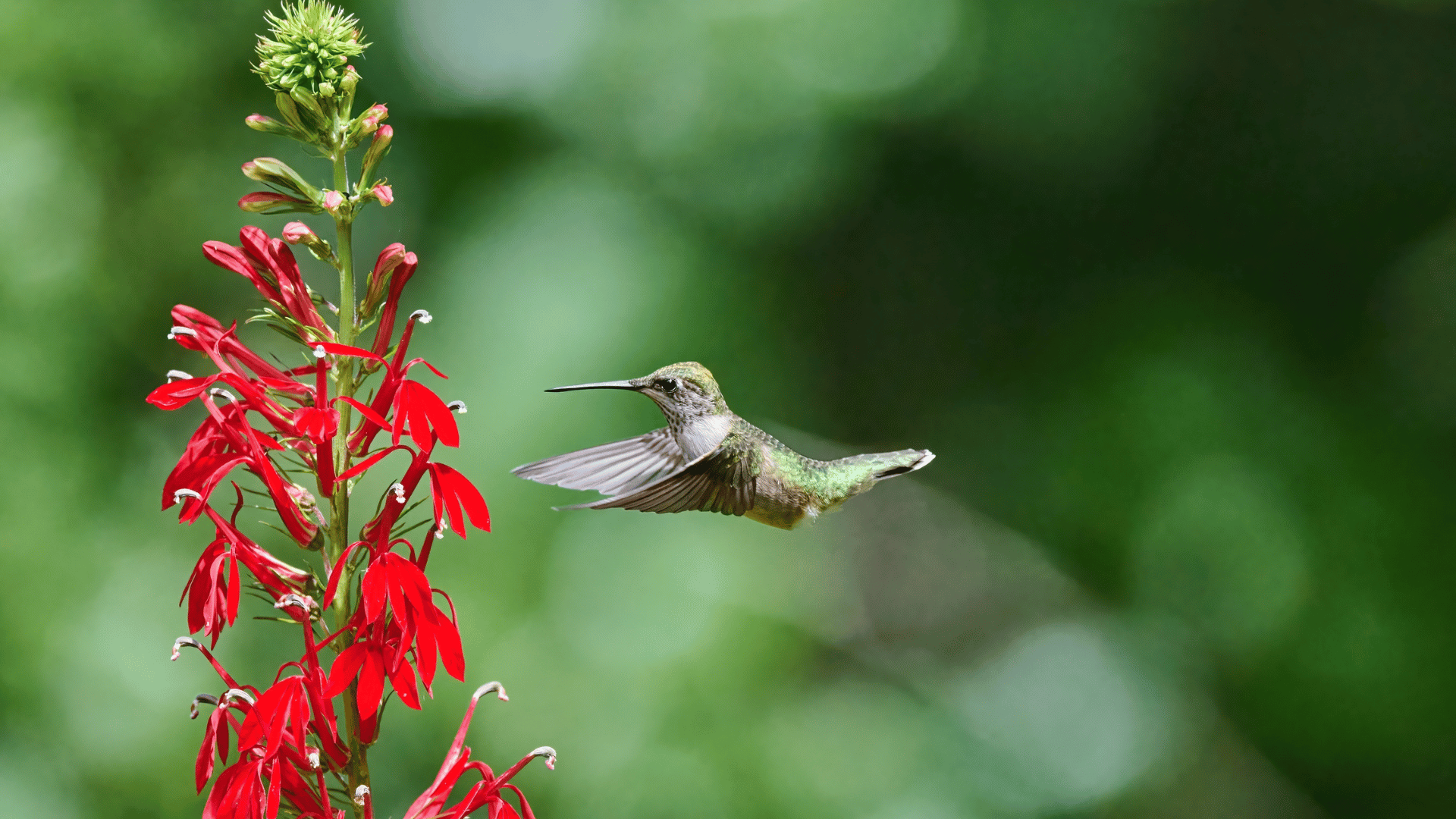
Like the bird with the same name, cardinal flowers bloom in a vibrant red hue. Hummingbirds have a heightened sensitivity to the red and yellow end of the color spectrum, so they’re particularly drawn to red flowers like these. The tubular flowers are also an ideal shape for a hummingbird’s thin beak to easily access. Ensure you plant your cardinal flowers in an area with partial sunlight and keep the soil evenly moist and you’ll be treated to beautiful blooms that the hummingbirds will love too.
Red Begonia
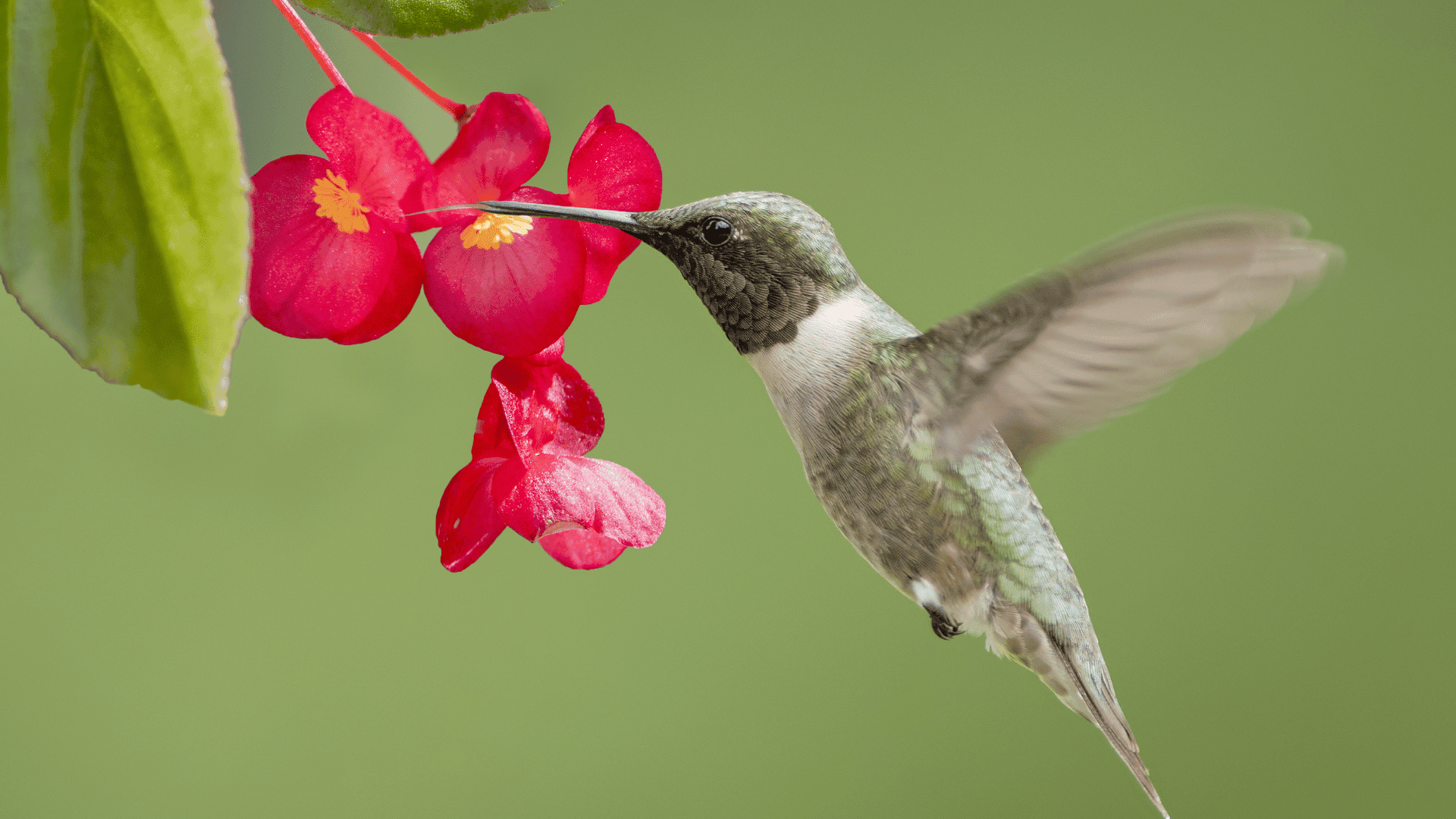
Another red floral variety, the red begonia holds nectar and also has an ideal shape for hummingbird feeding. These flowers do best in indirect sunlight or shade and in well-drained soil that’s watered evenly until moist.
Fuchsia
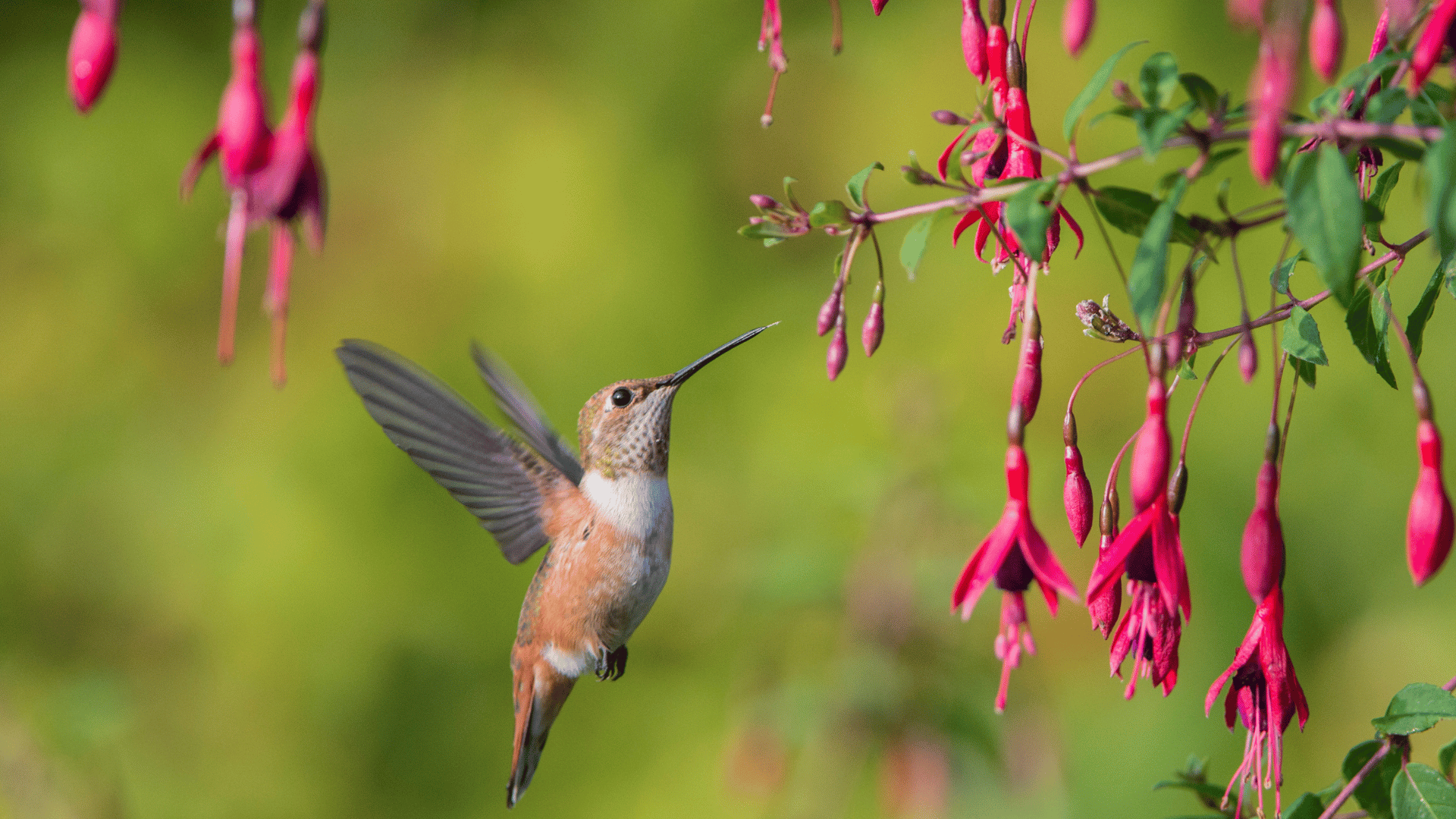
With a bright, tubular shape, fuchsia is another flower ideal for hummingbird feeding. These flowers also produce an abundance of nectar, which is exactly what hummingbirds are searching for throughout the season. Able to produce colorful blooms in spring, summer, or fall, these plants do best in partial to deep shade and moist (not soggy) soil.
Foxglove
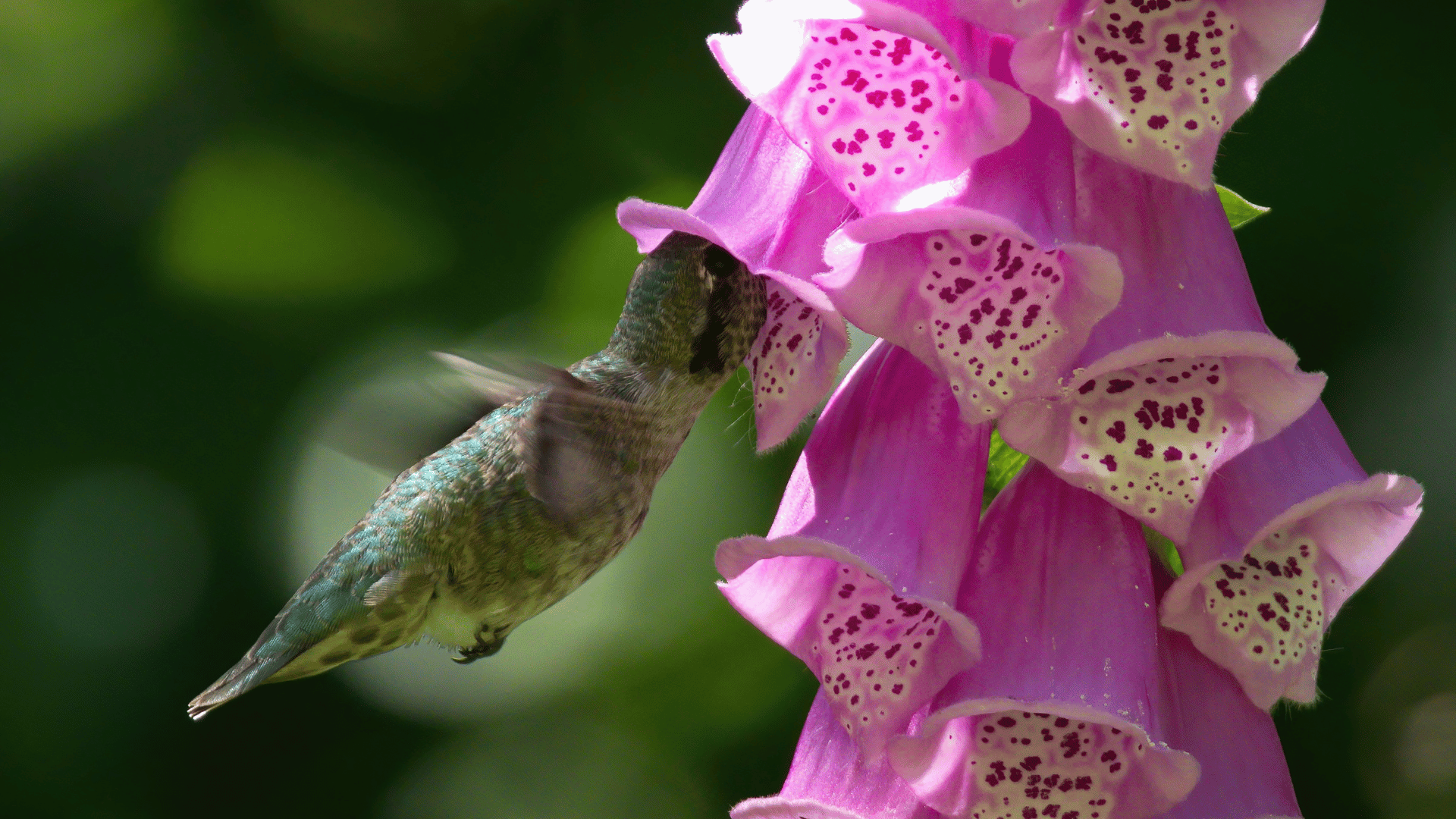
This flower’s variety of bright colors, including pink, red, white, and purple, are visually appealing to hummingbirds. And, because their blooms hang open, hummingbirds are easily able to feed off the available nectar with their thin beaks. Your foxglove plant will thrive best with partial shade, good drainage, and when planted 2 feet apart from each other.
Trumpet Vine
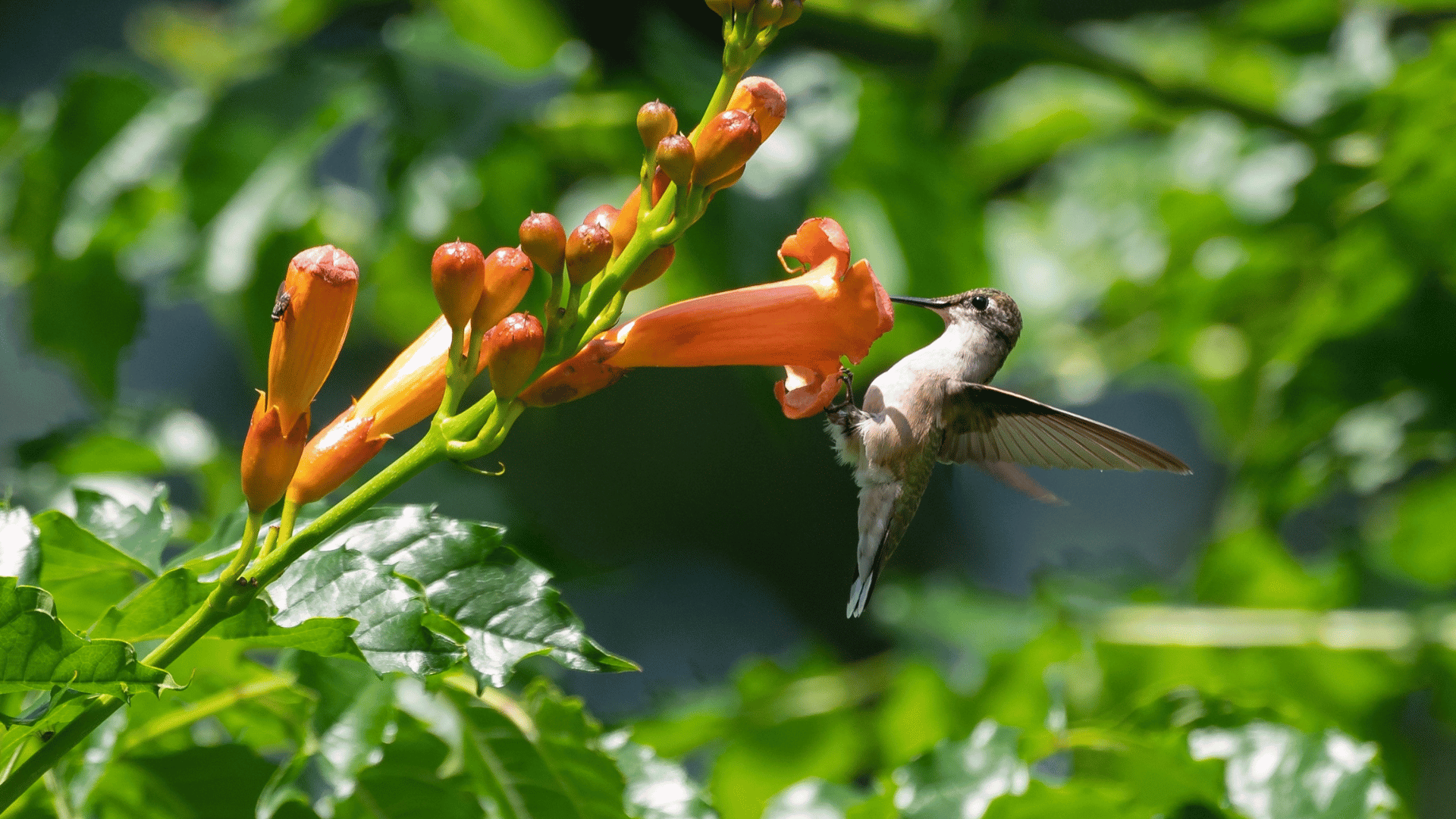
As the name suggests, these flowers resemble the horn of a trumpet. Also ideal for its bright orange color and long tubular flowers, these hummingbird favorites do best in partial or full sunlight and only require watering during periods of drought or signs of wilting.
Tomorrow’s World Today may receive an affiliate commission if you purchase an independently reviewed product or service through a link on our website.







